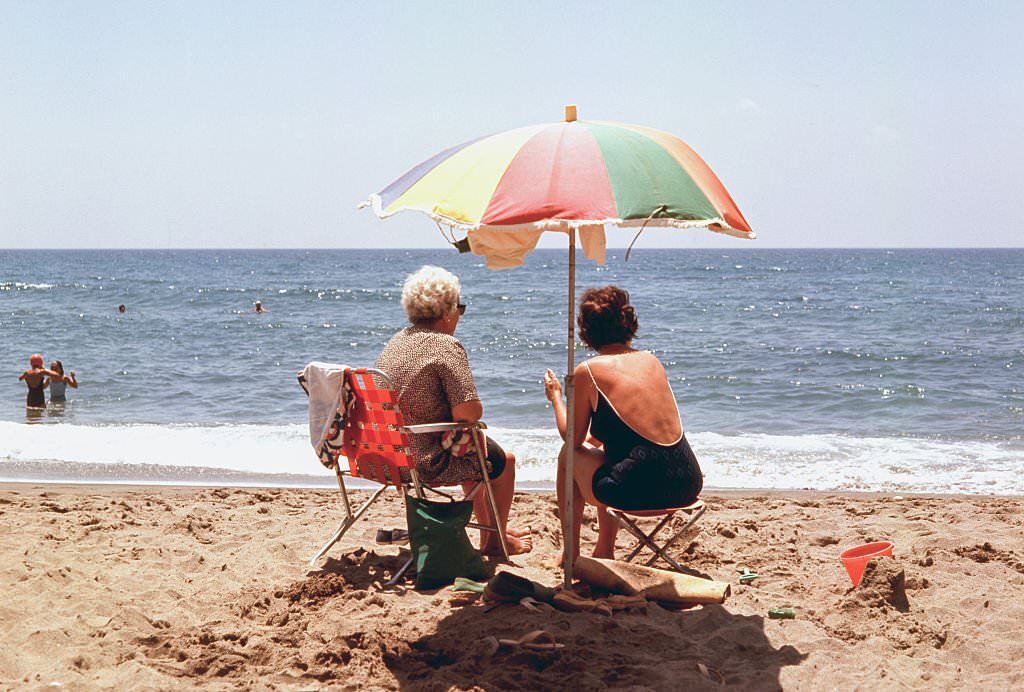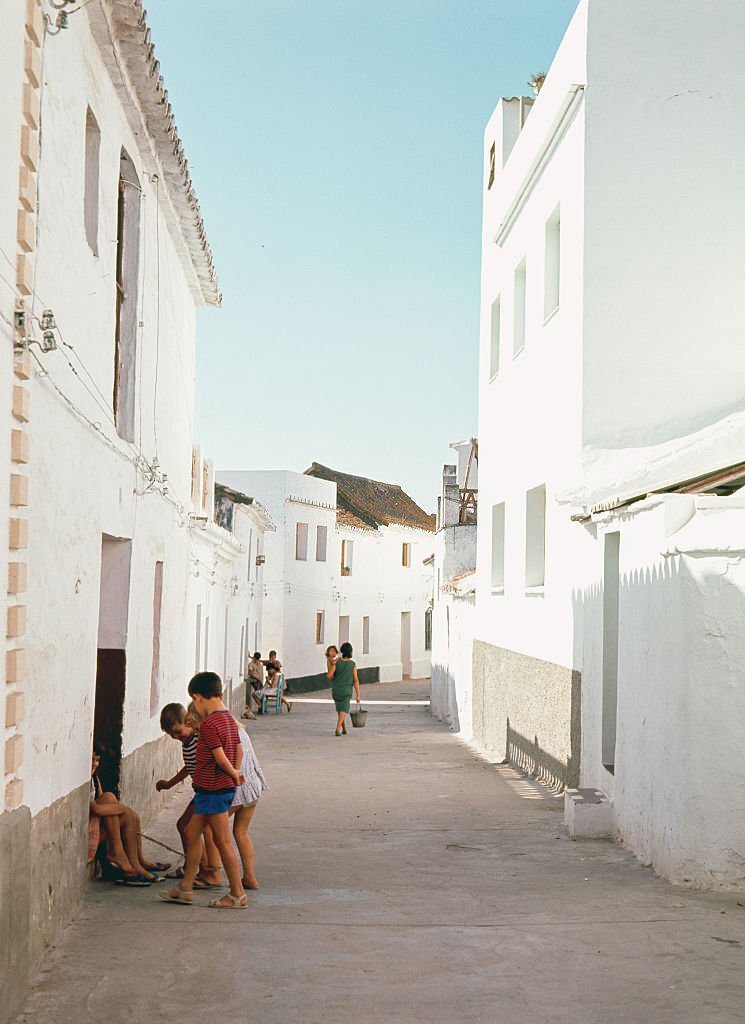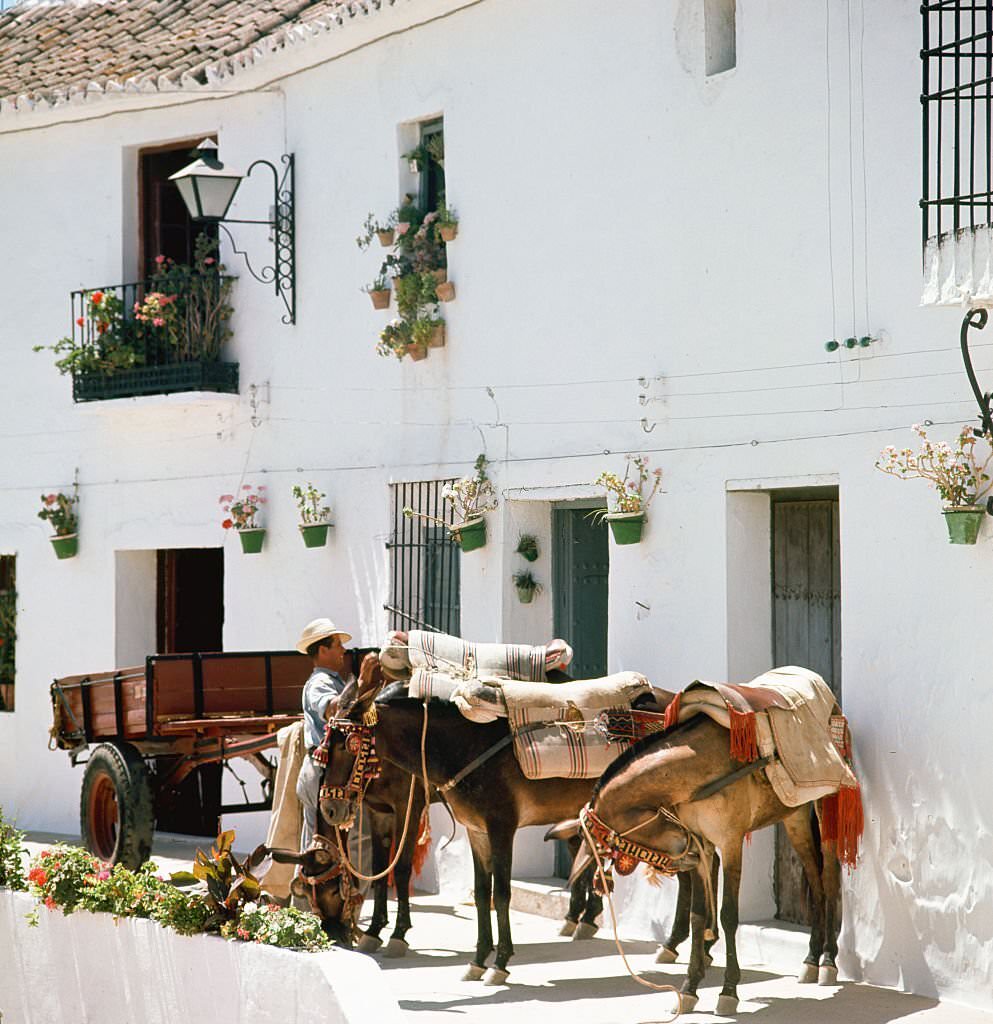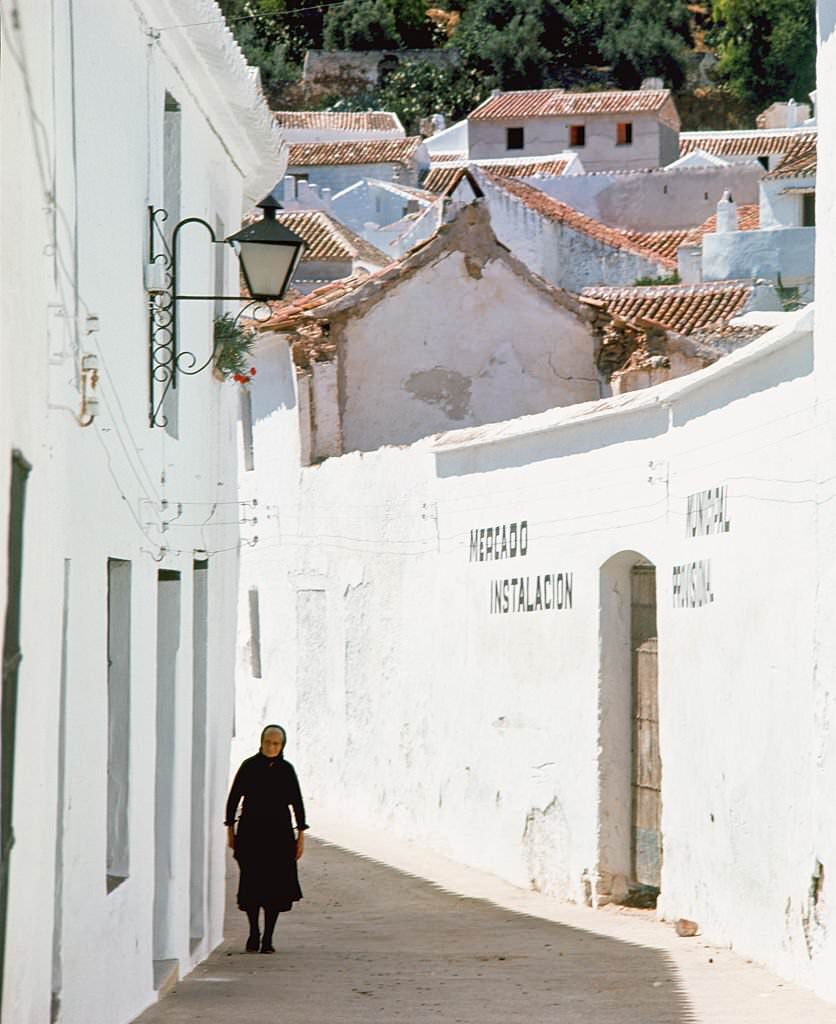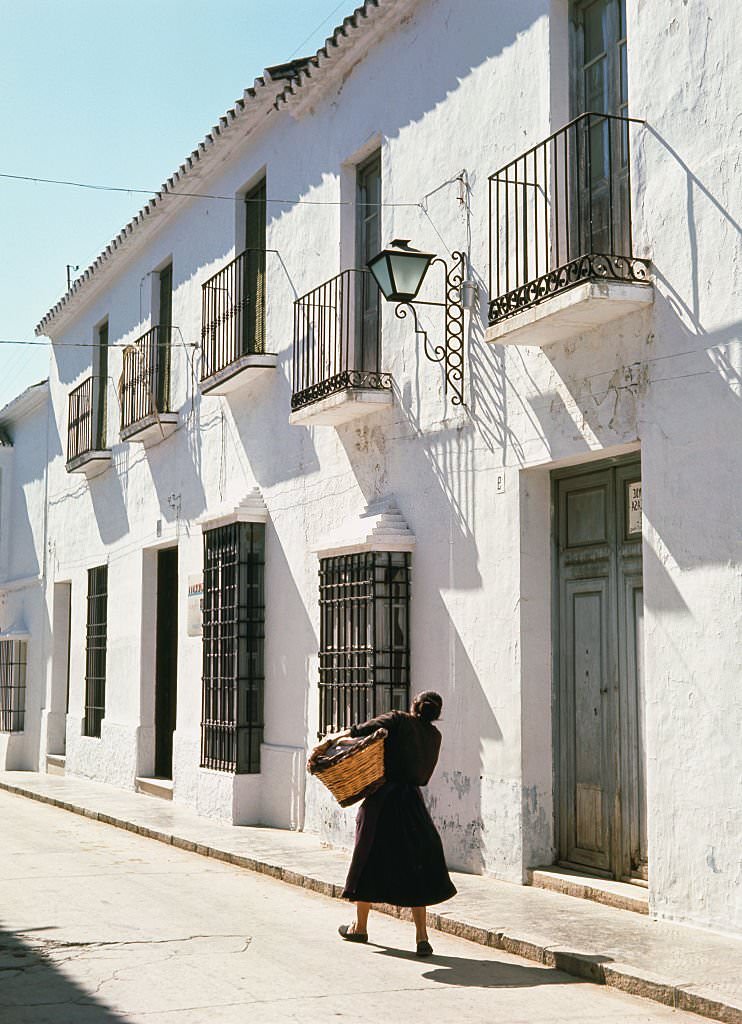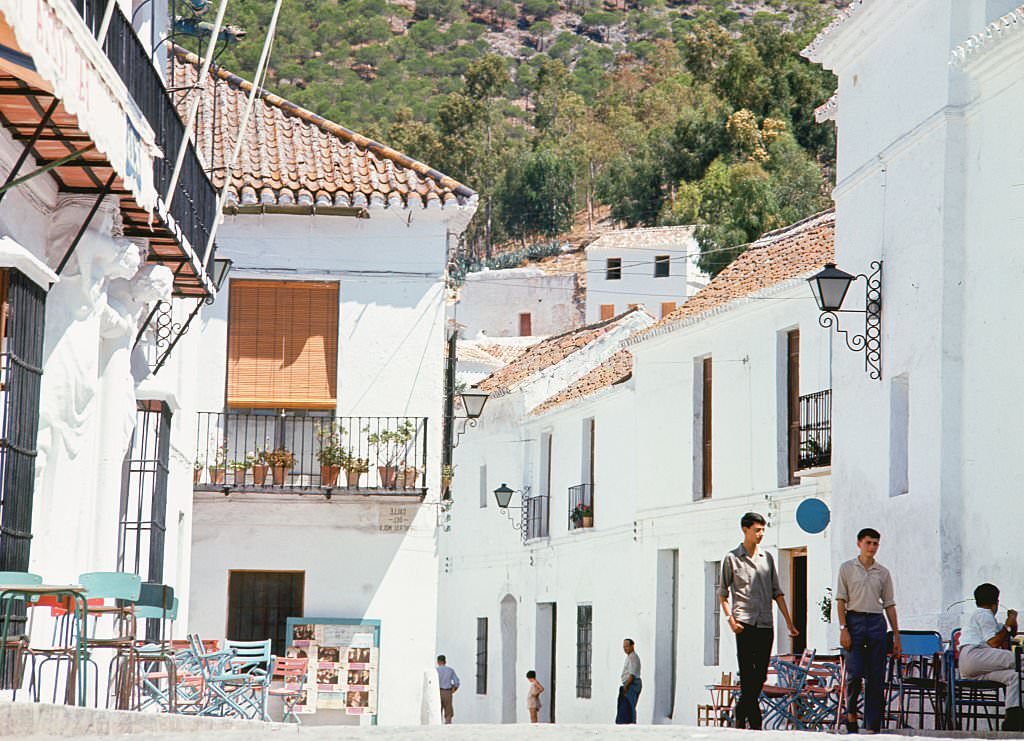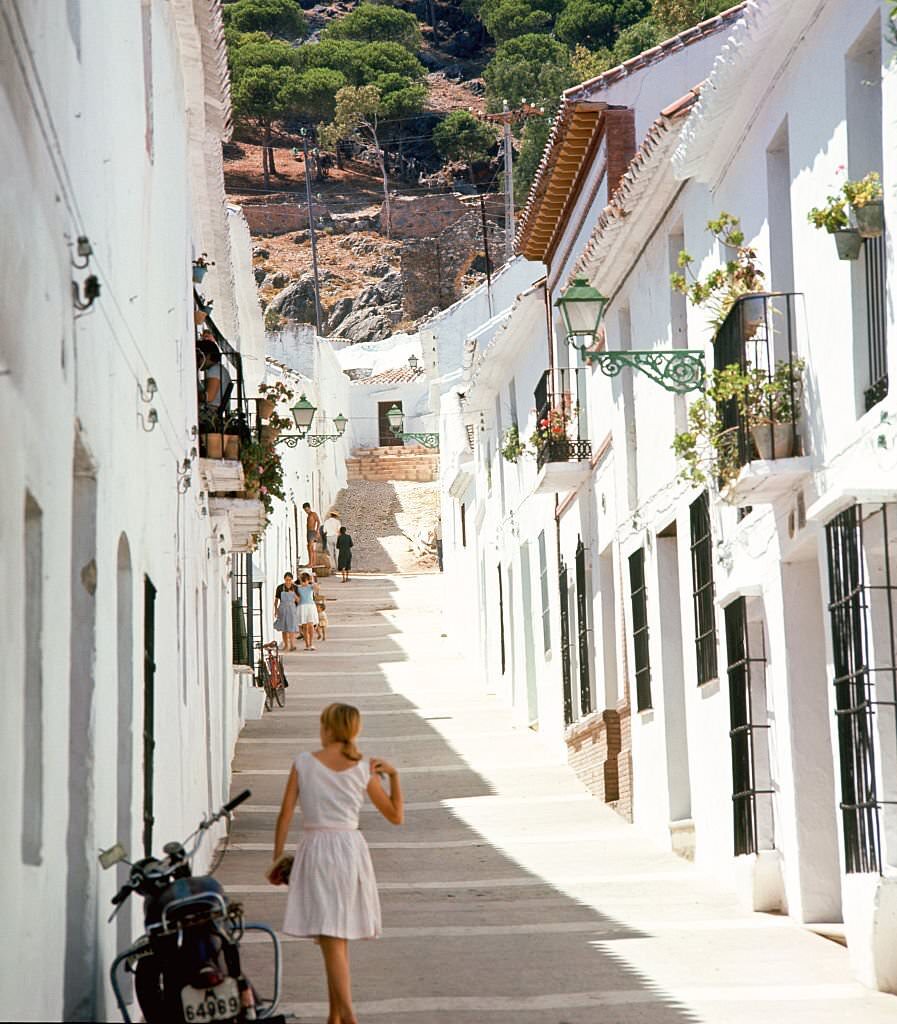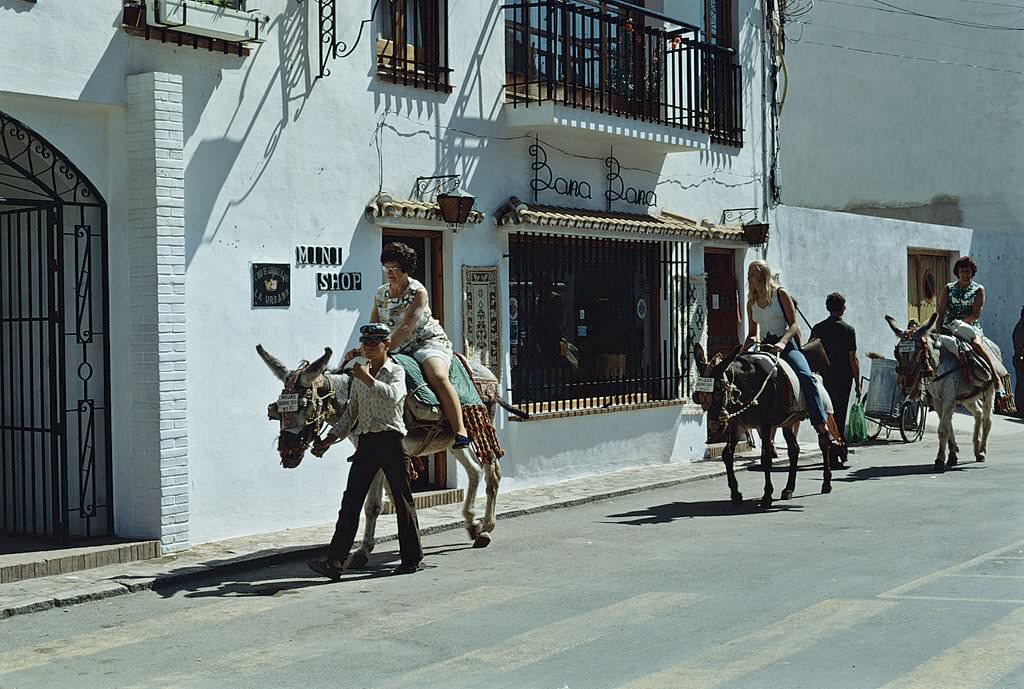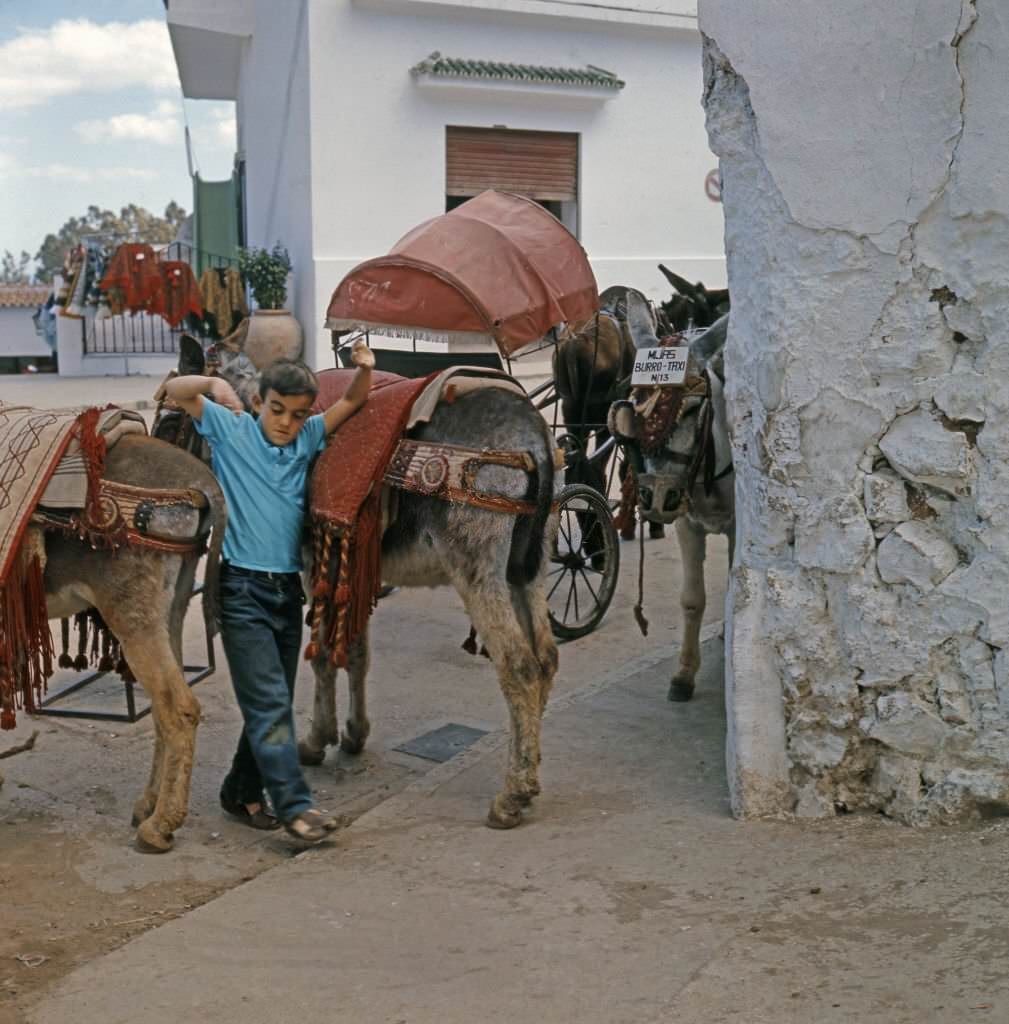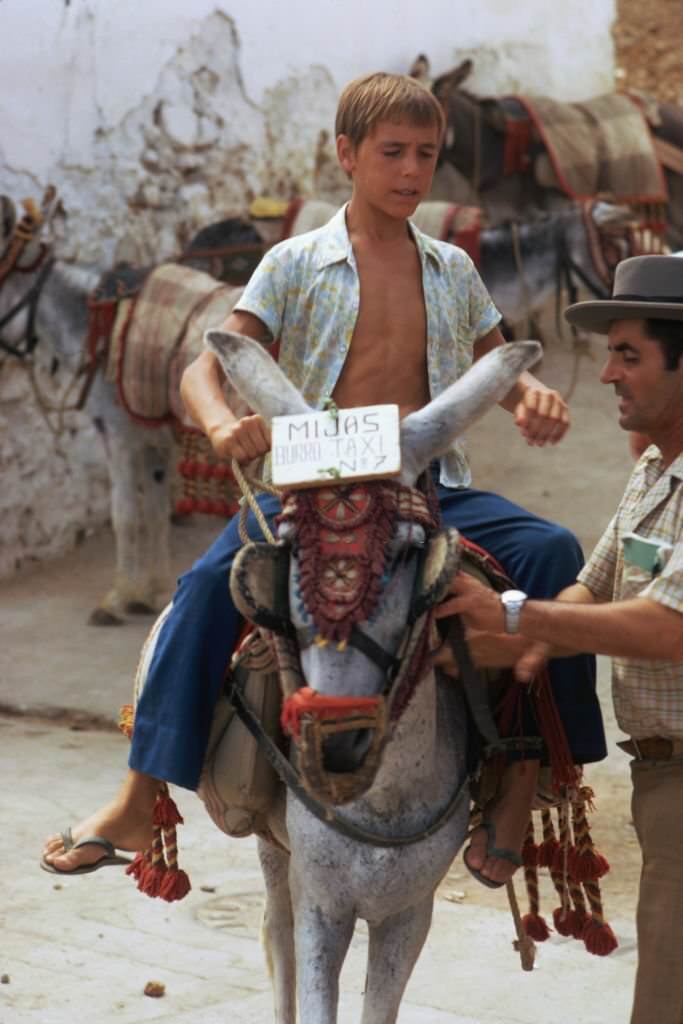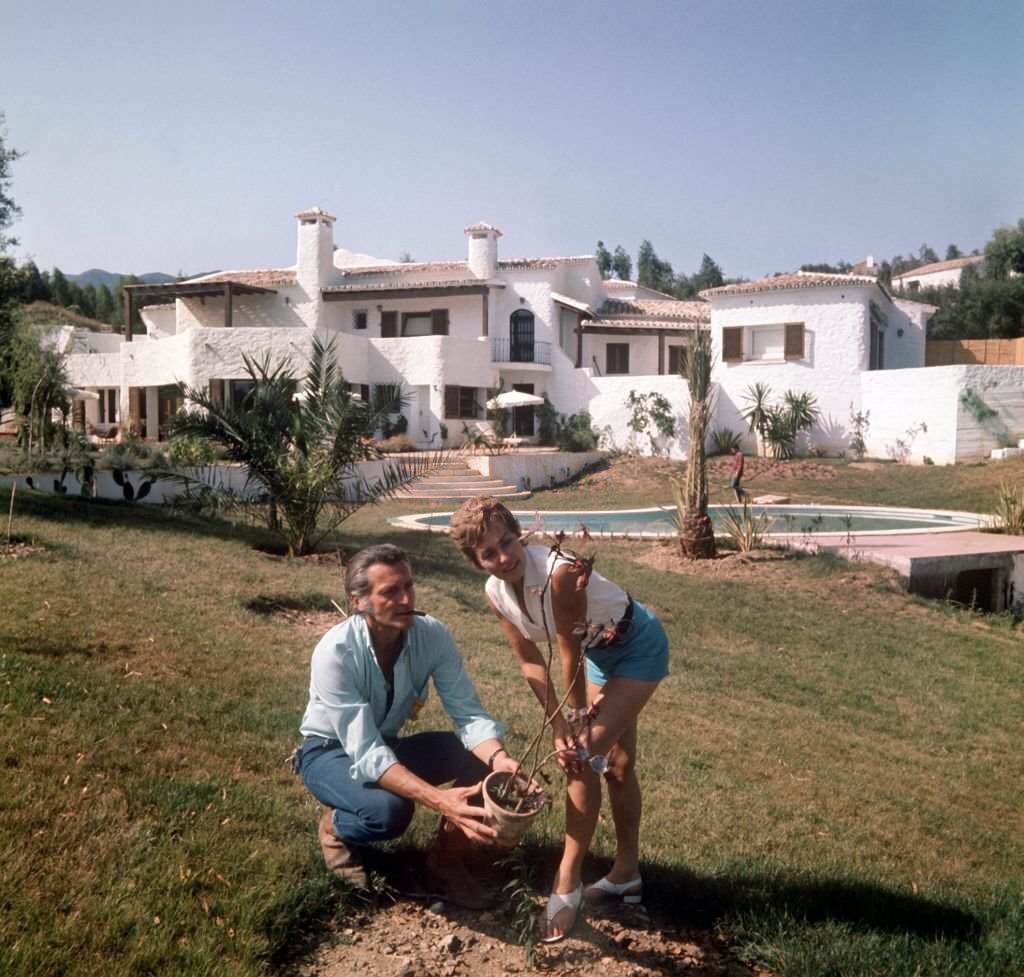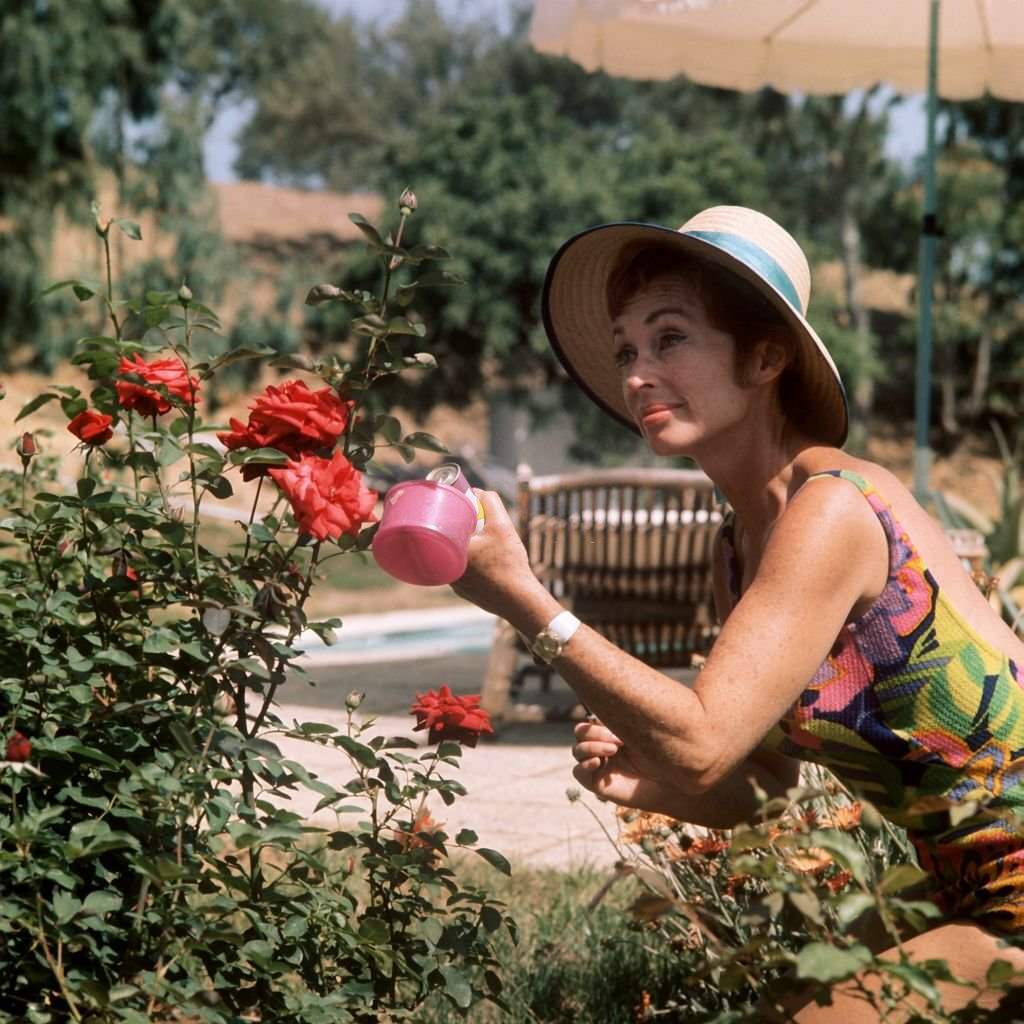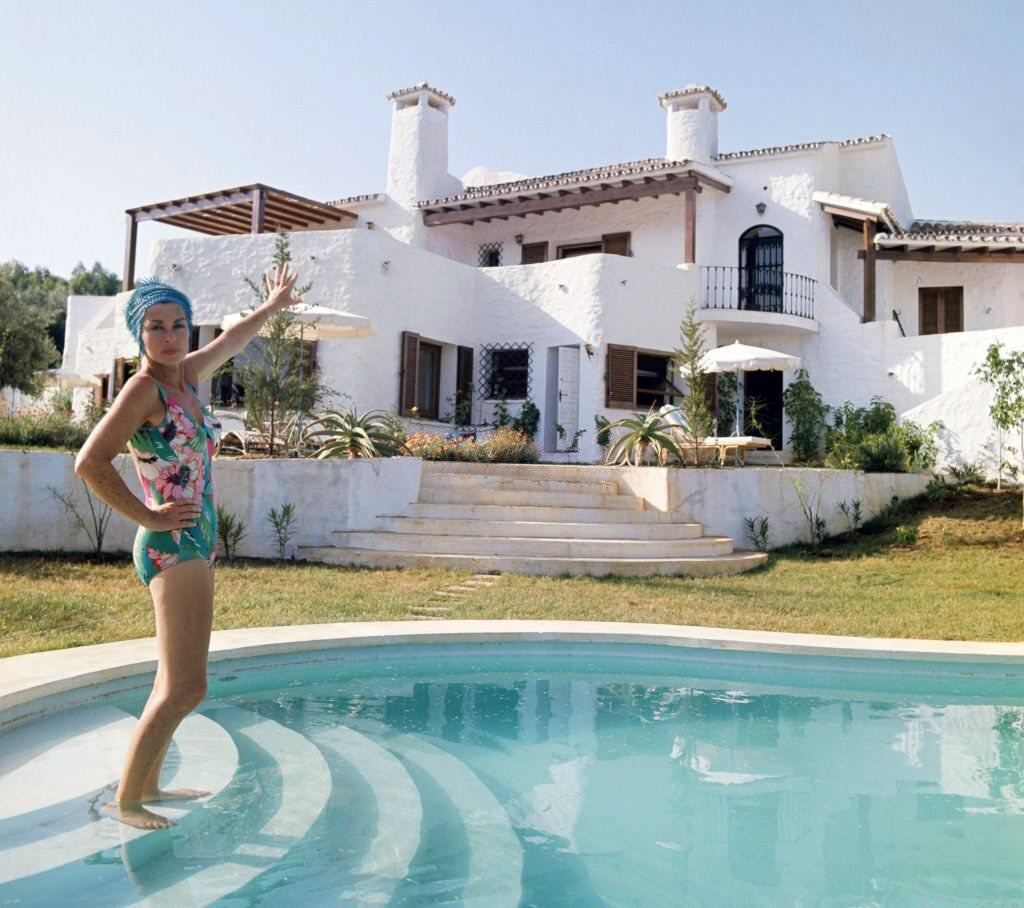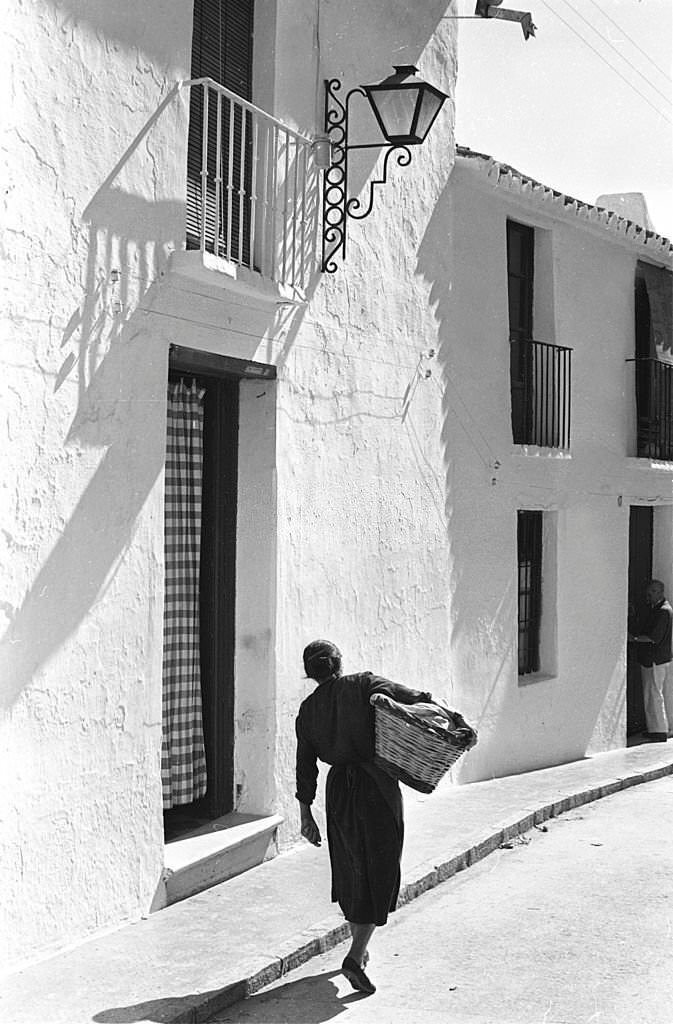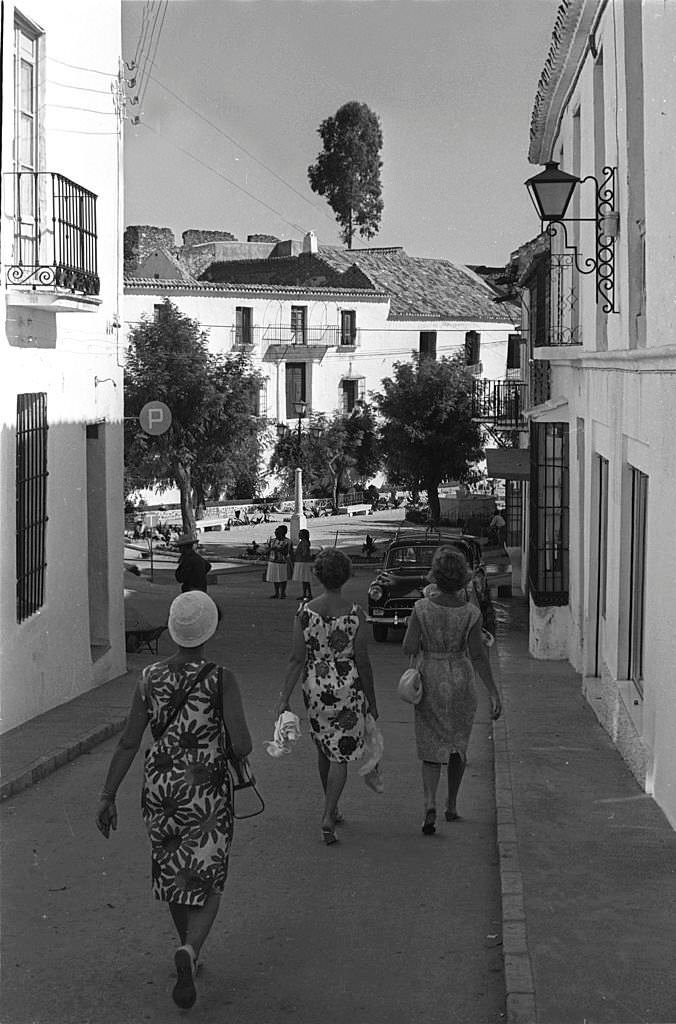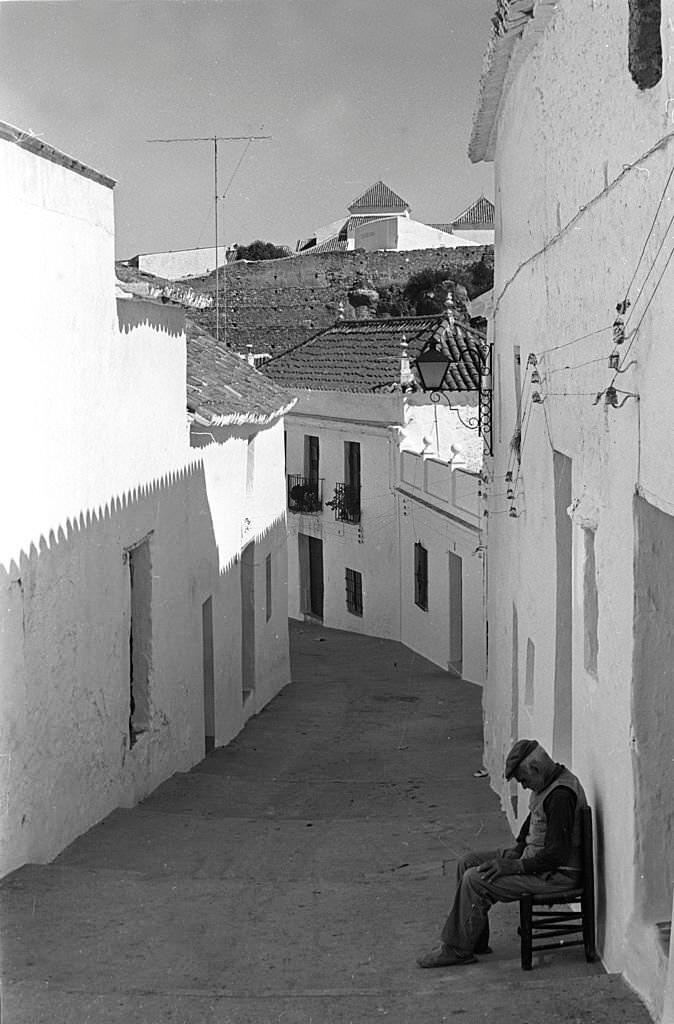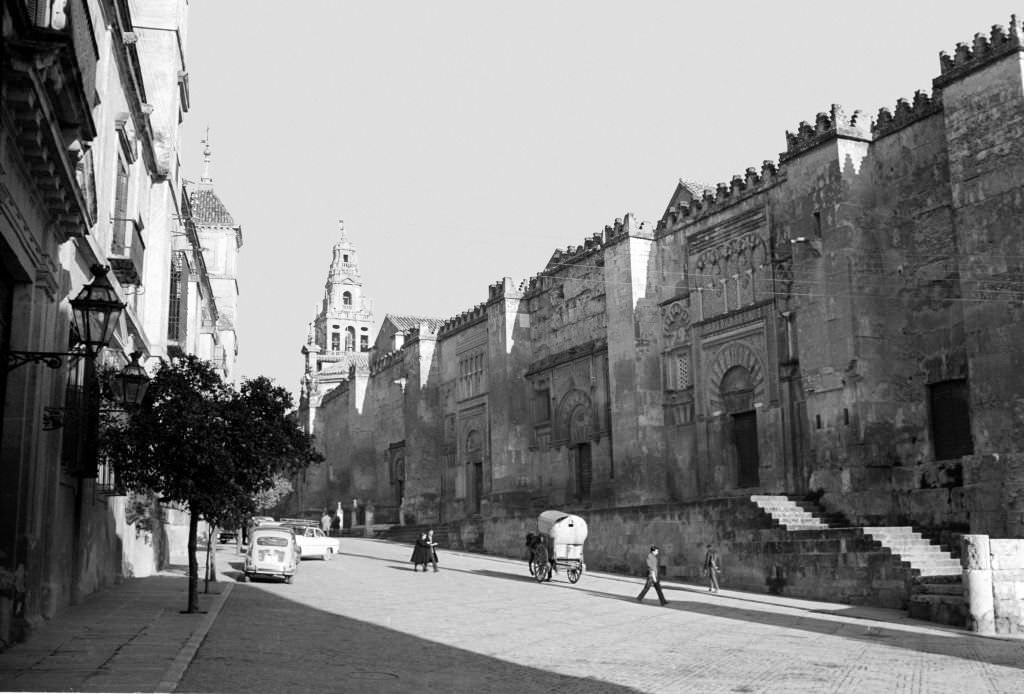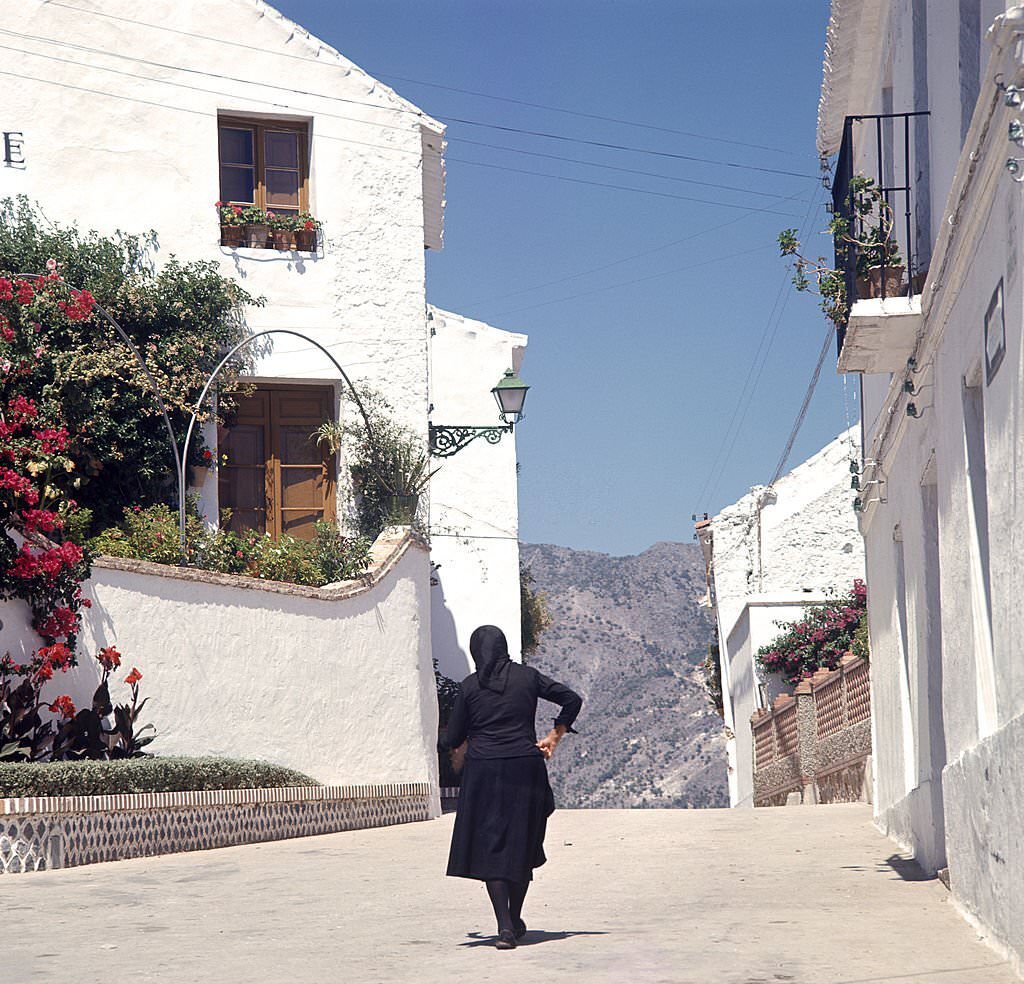Mijas is a municipality in the Province of Málaga, Spain. It was founded in prehistoric times by the Tartessians. The village consists of three urban centers, Mijas Pueblo, Las Lagunas and La Cala.
Mijas’ main means of subsistence were agriculture, fishing, and some farming and mineral extraction in the 19th century. In the mid-1800s, local industry flourished thanks to the arrival of the paper-makers from Valencia, carpenters from Alcoy (a Spanish town outside of Alicante), and a mop, which allowed for new functional connections among manufacturers. Mijas and Fuengirola were linked by road in 1873, ending the segregation between the two towns that had existed since 1841. However, the village remained isolated until the arrival of Second Republic, the first newspaper. There was no phone service until 1953 and most of the buildings were shacks. Most people lived in the countryside, which consisted of small farms. Hunger and unemployment were rampant during the post-war period. The only industry in the area was the collection of grass for esparto, but droughts weakened even this. Due to the support and respect of the military in this area, Mijas was also the scene of anti-Franco army operations.
Today Mijas’ economy is primarily based on tourism, with historical museums and many souvenir shops. There are seven golf courses in the municipality (four more are under construction), including La Cala Resort, the largest golf resort in Spain. Potatoes, cereals, and avocados are among the agricultural products. Mijas’ streets are very tourist friendly and full of independent shops selling handcrafted local products.



